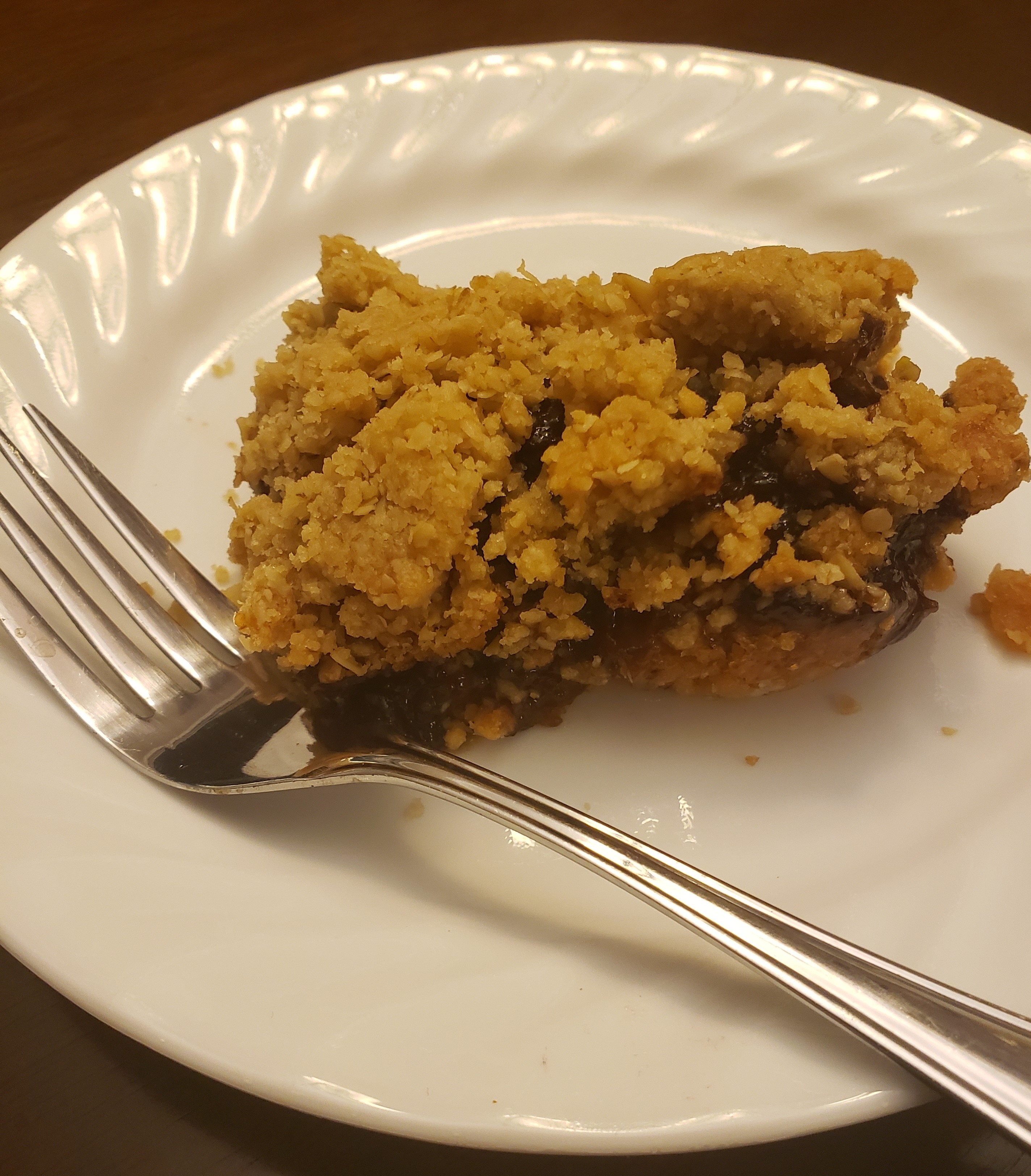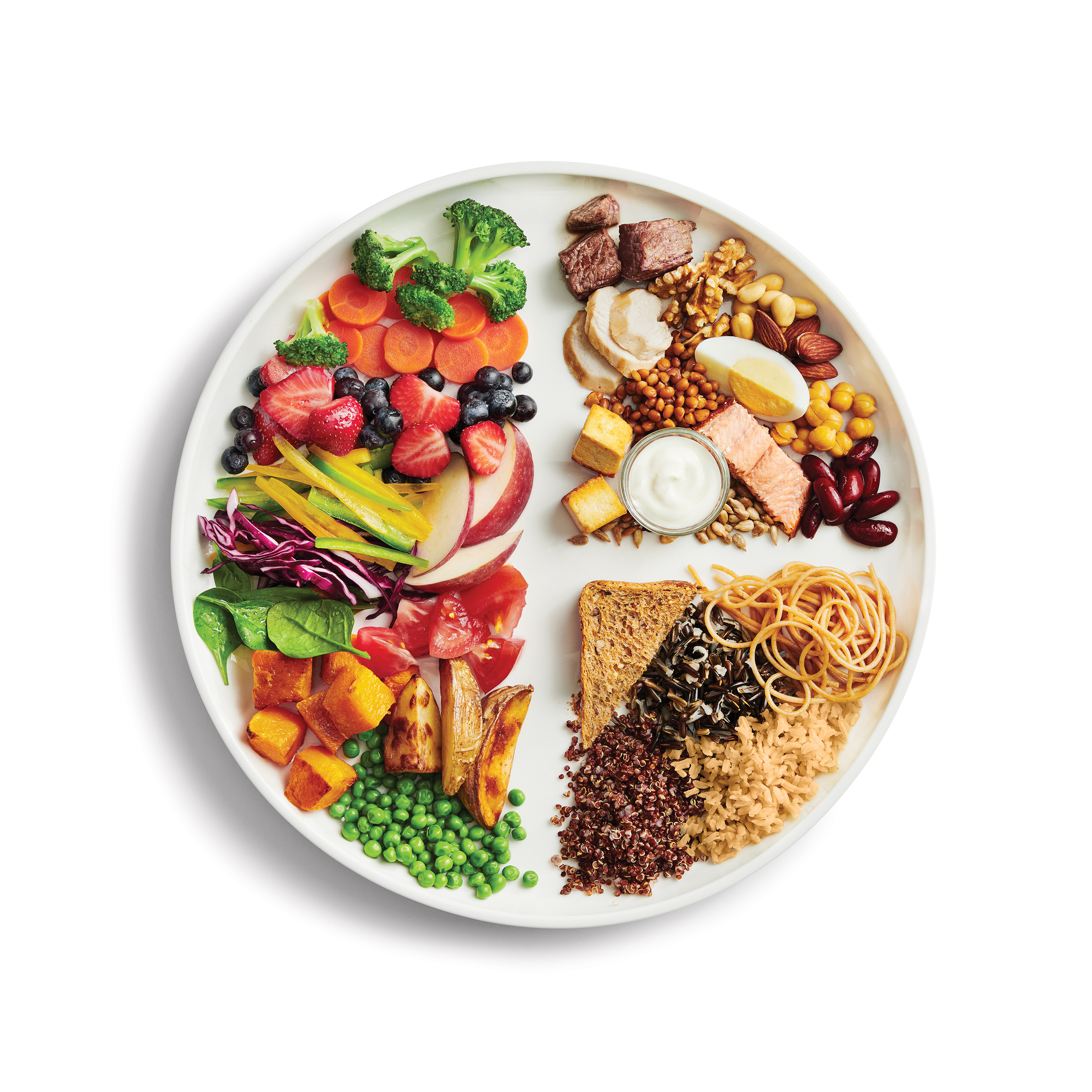
Did you know that this is the 40th year for Nutrition month?
Every year nutrition month is used to encourage meaningful conversations about food and nutrition. This year’s theme “Ingredients for a Healthy Tomorrow” focusses on creating change for yourself, for the community and for the planet at large to encourage a healthier future for everyone.
The relationship between food and health can be very complex and there are numerous “ingredients” that affect both. Learning about these “ingredients” helps us to understand their impact. Once we understand their impact and how they are inter-related, then we can make educated decisions that can help us to not only create healthy change for ourselves, but healthy changes for our communities at large.
Ingredients for a Healthier Tomorrow
Food Security
Food security exists when there is:
- the availability of food in the quantity and quality sufficient to satisfy the dietary needs of individuals,
- physical and economic accessibility to adequate food for everyone, including vulnerable groups, and the food is free from unsafe substances and is acceptable within a given culture; and
- the means to purchase food.
Household food insecurity is when there inadequate or inconsistent access to adequate food due to the lack of or inconsistent income.
Food is only one of the expenditures for a family, and other necessary household expenditures will affect how much money is available for food. Pre-pandemic approximately 1 in 8 Canadians were food insecure and now it is thought to be 1 in 7. However for particular groups within our populations (i.e. indigenous communities) this rate can be significantly higher.
Studies have examined food insecurity in Canada and have found that food insecure households:
- shop on a budget more than food secure households;
- have the same cooking abilities and food preparations skills as those in food secure households;
- adjust recipes to make them healthier just as much as food secure households; and
- growing your own food does not protect households from food insecurity.
While community food programs such as food banks, soup kitchens, food buying clubs, or community gardens may assist, most food insecure households rely more on personal coping strategies such as postponing bills, buying cheaper foods, buying food on credit, skipping meals or eating less.
As the root cause of household insecurity is inadequate or insecure income, this needs to be considered when proposing solutions.
Food Sovereignty
Food sovereignty is the right of peoples to healthy and culturally appropriate food produced through ecologically sound and sustainable methods, and their right to define their own food and agricultural systems.
- Focuses on food for people—People become the focus instead of food being a product to be sold.
- Builds knowledge and skills—It builds on traditional knowledge and supports this knowledge being passed on to future generations.
- Works with nature—Optimizes the contributions of ecosystems and resiliency.
- Values food providers—Supports sustainable livelihoods and respects the work of food providers.
- Localizes food systems—Reduces the distance between food providers and consumers, resists dependency on remote corporations, and rejects inappropriate food aid.
- Puts control locally—Includes the input from citizens and producers.
- Recognizes that food is sacred—Food is part of life and is not just something that is to be sold.
Food sovereignty is critical to how food security can be achieved.
Sustainable Food Choices
A sustainable diet is one with low environment impact and that contributes to food and nutrition security and health of present and future generations.
Sustainability requires long term protection and respect of the environment, consideration of cultural appropriateness, continued accessibility and affordability, nutritionally adequate and safe food supply, and at the same time make the best use of natural and human resources.
As you may notice, sustainable food choices are closely tied to food security and food sovereignty.
Nutrition Care and Prevention
Nutrition plays an important role in maintaining health, treating health conditions, and recovering health. Supporting behavior change is important aspect of creating new habits to order for a person to experience healthier outcomes and well-being.
Nutrition guidance, whether this is for an individual or a population, should be based on evidence grounded in scientific research. However, we must also remain aware that there is no one solution or plan.
For a plan to be beneficial it must take into account people’s individual situations, their cultures, their experiences, and perhaps most important their right to decide what is the most appropriate action for them at that point into time.
Food Literacy
Literacy is the competency or knowledge in a specified area.
Food literacy is the competency and knowledge with regard to food, but it also includes attitudes and values that promote health and wellbeing.
Simply having knowledge about food and nutrition doesn’t always lead to better choices. Our food literacy must also include an understanding how the environment affects our eating:
- Economic environment—how the lack of financial resources and food pricing can affect food choices, food availability and overall diet;
- Social environment—how the impact of family, friends and cultural food habits guide our eating behaviors and food skills;
- Communication environment—how food marketing and the media can influence food decision and knowledge; and
- Physical environment—how our retail environment influences the access and availability of types of foods.
Approaching food literacy from all these areas, for both individual efforts or population interventions and policy, can improve the impact for healthful future changes.
So as you can see…..
The relationship between food and health can be very complex.
While these ingredients can be described individually, we shouldn’t think about them in isolation of one another.
These ingredients are very inter-dependent, but when considered together, they can really influence the effectiveness of our efforts for a healthier tomorrow…as an individual and as a community.
References:
- Dietitians of Canada (2016) Prevalence, Severity and Impact of Household Food Insecurity: A Serious Public Health Issue. A Background Paper.
- Dietitians of Canada (2022). Unlock the Potential of Food. Ingredients for a Healthier Tomorrow.
- Fernandez M. et al (2020). Food Literacy: 4 Initiatives in Canada. Food Studies: An Inderdisciplinary Journal. 10. 43-60.
- PROOF(2018). The Spending Patterns of Food Insecure Households.
- What is Food Sovereignty?
Chat Soon!
Lynda, RD
IOC Diploma in Sports Nutrition


















